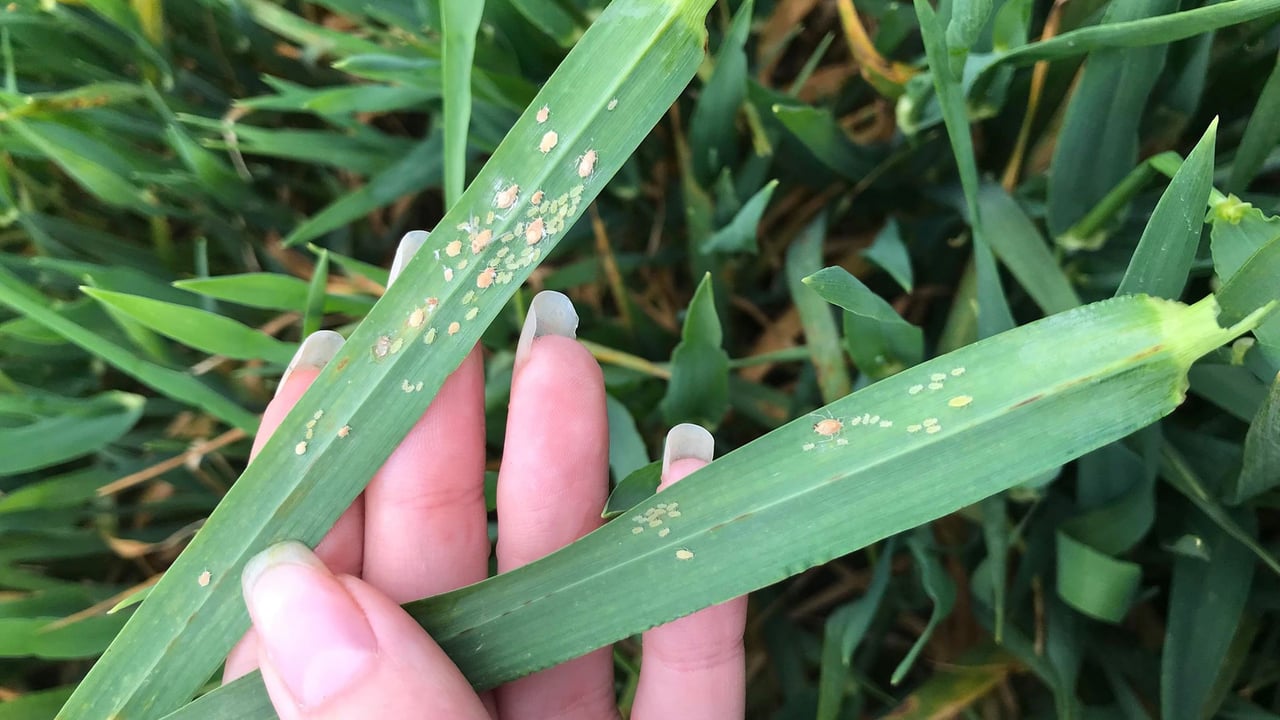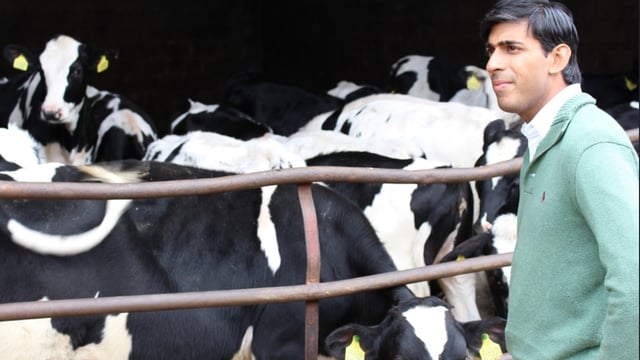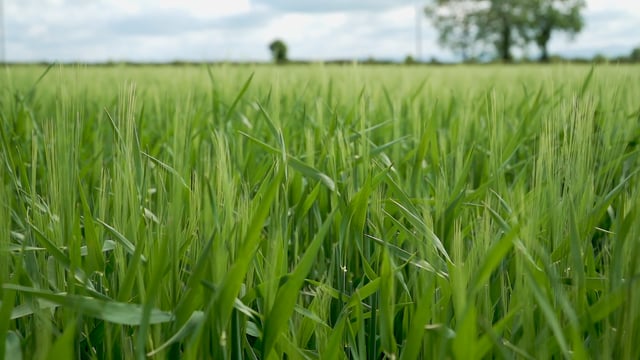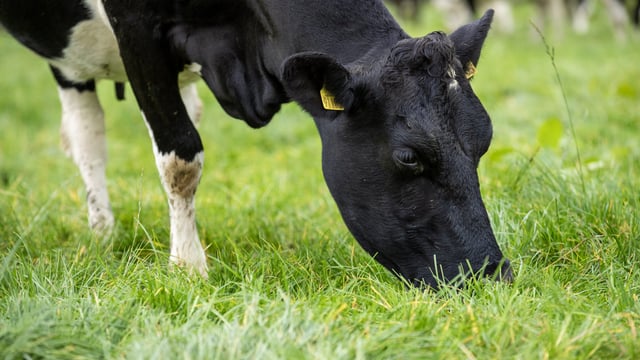Tillage: Assessing the threat posed by aphids in cereals
The threat posed by aphids within a cereal rotation is an important element for consideration by tillage farmers.
Last year, Barley Yellow Dwarf Virus (BYDV) proved a real challenge in early-sown cereal crops and those planted later in the season throughout the south of the country.
Obviously, it is important to understand when crops are most at risk from aphid attack.
This was an issue discussed on a recent Tillage Edge podcast by host Michael Hennessy and Teagasc entomologist, Dr. Louise McNamara.
First-off, Dr. McNamara provided a general overview of the challenge posed by BYDV.
She said: “The risk depends on a number of issues. These include: How early the crop was planted; how early the crop was infected; and which strain of the virus the crop is infected with.
According to McNamara, BYDV can yield decreases of up to 2t/ha in winter wheat and oats.
The entomologist explained that temperature differences between one year and the next will impact significantly on the threat posed by BYDV.
"Local climatic differences will also be a factor. Crops grown near the coast will be at a higher risk because it’s milder; there’s less frost," she explained.
“In these circumstances, aphids are more likely to survive, leading to higher BYDV infection rates.”
Significantly, McNamara confirmed that migratory aphid numbers are lower this year, relative to 2021.
“Several different reasons are kicking in here. We know that aphid flight is affected by temperature, wind and rain," she continued.
“We know that rain negatively impacts on aphid flight; when there is heavy rainfall, you get less aphid flight.”
According to McNamara, aphids can have long-range and short-range migration patterns.
“We can pick up the long-range aphids in the Teagasc 12.2m towers. But local migration can be affected by a mix of flight and walking between one location and the next,” she said.
“So, they can come into a new crop courtesy of flight, walking and the fact they may be there already.”





